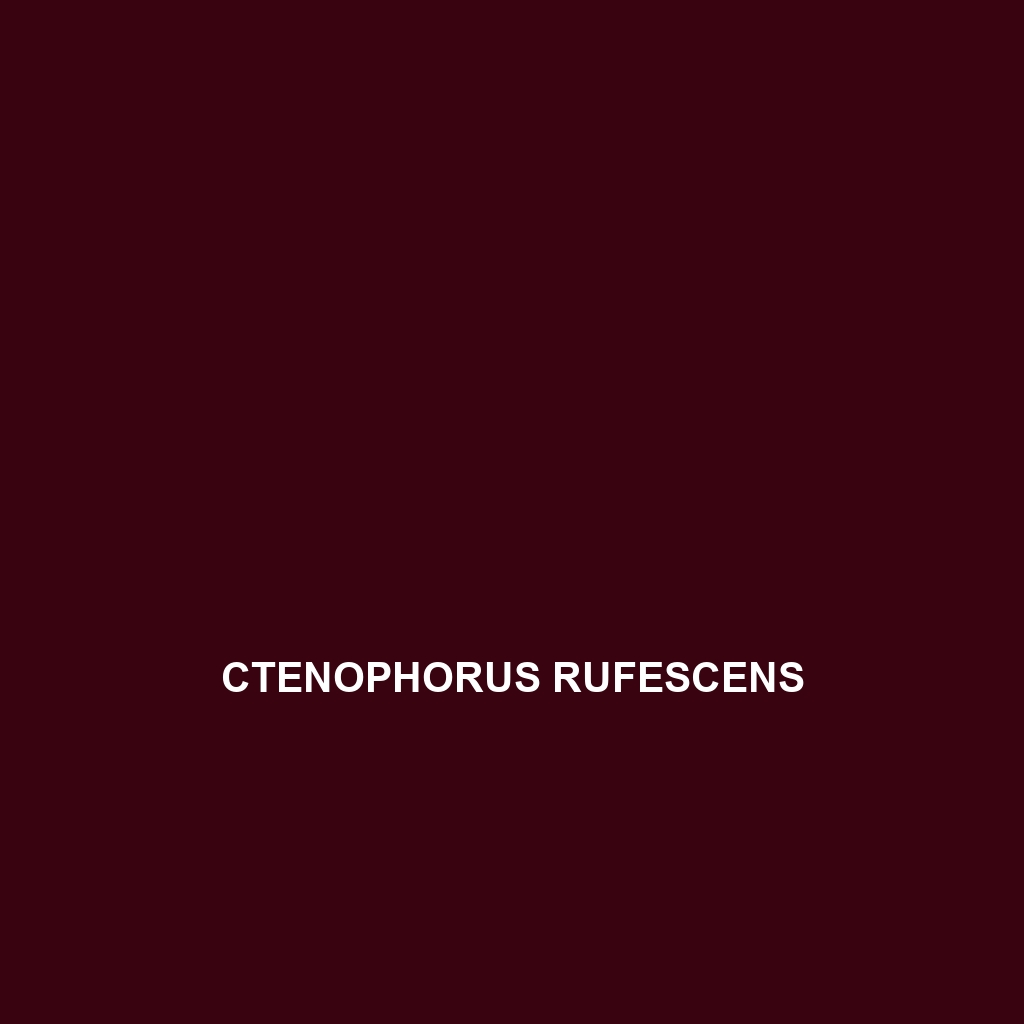The Eremias persica, or Persian sand lizard, is a resilient species thriving in arid regions of Iran and Central Asia. Adapted to harsh environments, this insectivorous lizard features a slender body with a distinctive tapered snout, ranging from 10 to 25 centimeters in length, and plays a crucial role in maintaining ecological balance by controlling insect populations.
Tag: sandy habitats
Eremias nikolskii
Eremias nikolskii, known as Nikolski's racerunner, is a medium-sized, agile lizard native to the arid grasslands and steppe regions of Central Asia. This insectivorous species is recognized for its impressive speed of up to 30 km/h, distinct coloration for effective camouflage, and unique ability to regrow its tail after shedding it to escape predators.
Eremias kavirensis
Discover the Kavir Sand Lizard (Eremias kavirensis), a medium-sized, agile lizard adapted to arid desert environments, featuring a unique light brown coloration with dark stripes for effective camouflage. This insectivorous species thrives in sandy habitats, playing a vital role in maintaining ecosystem balance while exhibiting fascinating behaviors such as territorial displays and burrowing.
Dasypeltis sahelensis
Dasypeltis sahelensis, or the Sahel Sand Snake, is a slender, nocturnal serpent native to West Africa's arid regions, characterized by its sandy beige coloration and burrowing behavior. This species primarily feeds on small vertebrates and eggs, playing a vital role in its ecosystem while adapting to the harsh desert environment.
Cyrtopodion gastrophole
Cyrtopodion gastrophole, a vulnerable gecko species native to arid regions of the Middle East and Central Asia, known for its slender body, impressive camouflage, and nocturnal behavior. With a diet primarily consisting of insects, it plays a vital role in maintaining ecological balance within its habitat.
Ctenotus pantherinus
Discover the captivating Ctenotus pantherinus, a unique skink native to the arid regions of central Australia, renowned for its striking dark brown and black banded coloration. This diurnal predator plays a crucial role in its ecosystem by regulating insect populations while thriving in sandy, well-drained habitats with low vegetation cover.
Ctenophorus rubens
Introducing the Ctenophorus rubens, a striking Australian lizard known for its vibrant reddish-brown coloration and distinctive throat pouch, thriving in arid habitats. This insectivore plays a vital role in ecosystem balance by controlling insect populations while showcasing unique social behaviors and seasonal breeding patterns.
Chalcides ragazzii
Discover the unique Chalcides ragazzii, a medium-sized skink native to the Mediterranean, featuring a smooth, glossy body with brownish to tan coloration and distinct stripes. This insectivorous species thrives in arid environments and is noted for its secretive behavior and ability to regenerate its tail.
Chalcides bottegi
Introducing the Chalcides bottegi, a unique ovoviviparous species found in the Mediterranean, primarily inhabiting sandy and rocky areas. This insectivorous skink, characterized by its elongated, limb-less body and docile nature, plays a vital role in maintaining ecological balance while facing vulnerabilities from habitat loss.
Bipes tridactylus
Discover the unique Bipes tridactylus, or Three-Toed Skink, an intriguing legless lizard native to southern California and northern Mexico, characterized by its three robust toes and smooth, shiny skin. This burrowing insectivore thrives in arid habitats, contributing to soil aeration while playing a vital role in its ecosystem.









